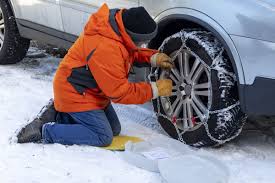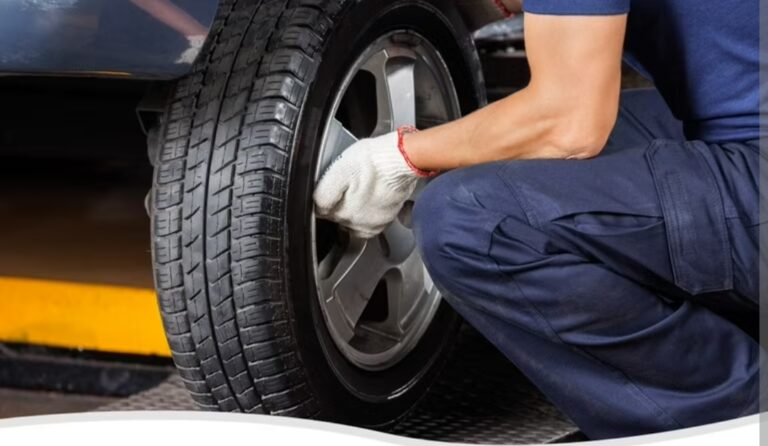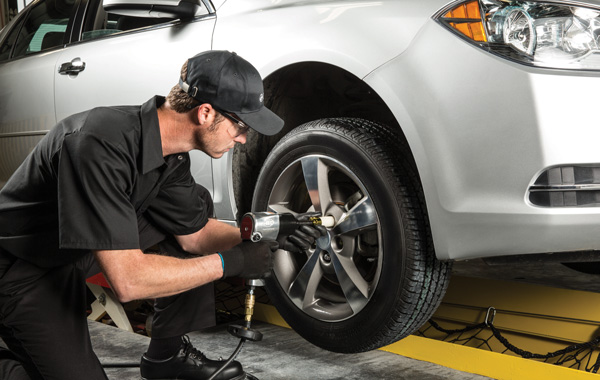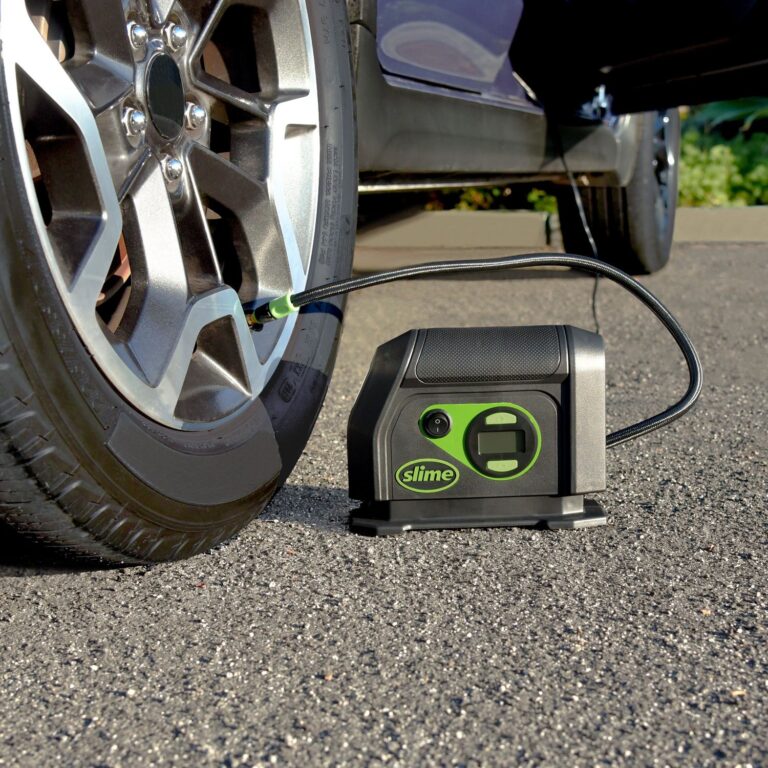Will Tire Chains Help on Ice?

When driving in icy conditions, safety is a top priority. Whether you’re heading up a mountain road or driving through a winter storm, ensuring that your vehicle has the right traction is essential. One of the most effective ways to enhance traction on icy roads is by using tire chains. But, do tire chains really help on ice? In this article, we’ll explore how tire chains work, their benefits, and when and how to use them for the best results.
How Do Tire Chains Work?
Tire chains are made of metal links that wrap around the tires of a vehicle, providing extra grip and traction. The links are designed to dig into ice and snow, preventing the tires from slipping and offering better control when driving on slippery surfaces. By increasing the surface area of the tire in contact with the road, tire chains reduce the likelihood of sliding on ice, especially when starting, stopping, or turning.
Do Tire Chains Help on Ice?
Yes, tire chains do help on ice, and here’s why:
1. Increased Traction on Ice
The primary function of tire chains is to increase traction, and they do this very effectively on icy surfaces. On ice, regular tires may struggle to maintain contact with the road, leading to reduced grip. Tire chains help prevent this by digging into the ice and providing additional friction.
2. Better Control in Slippery Conditions
In addition to providing traction, tire chains help with overall vehicle control. When driving on icy or snow-covered roads, the chains help your vehicle respond better to steering, braking, and accelerating. This reduces the chances of losing control on slick surfaces.
3. Useful in Extreme Conditions
Tire chains are especially useful in extreme winter conditions, such as during blizzards, snowstorms, or when driving on steep icy slopes. In these situations, regular tires may not provide enough grip, but chains can make a big difference in preventing your vehicle from getting stuck or sliding off the road.
When Should You Use Tire Chains on Ice?
While tire chains are highly effective on ice, it’s important to know when to use them. They should be reserved for situations where normal driving on icy roads would be too risky.
1. Steep or Icy Roads
If you live in an area prone to severe winter weather, such as mountainous regions with icy roads, tire chains can be invaluable. They help you navigate steep hills and driveways safely.
2. During Snowstorms or Heavy Snowfall
When snow accumulates rapidly or when ice and snow form thick layers on the road, tire chains can help you maintain traction and avoid getting stuck.
3. On Roads with Black Ice
Black ice, which is a thin layer of ice often invisible to the naked eye, is one of the most dangerous driving conditions. Tire chains can give you the additional grip needed to drive safely on these slippery surfaces.
When Should You Not Use Tire Chains?
While tire chains are beneficial in many cases, there are times when they should be avoided:
1. Dry or Wet Pavement
Tire chains are not meant for use on dry or wet pavement, as they can cause damage to the road and your vehicle. They may also cause unnecessary wear on your tires if used improperly.
2. On Vehicles Without Clearance
Some vehicles, such as those with low ground clearance or those equipped with larger tires, may not be able to accommodate tire chains. Always check your vehicle’s manual to determine if tire chains are suitable.
3. When Driving Too Fast
If you use tire chains, it’s important to drive at a reduced speed. Driving too fast with chains on can cause the chains to break or damage the tires and road surface.
How to Use Tire Chains Effectively on Ice
To get the most out of tire chains, here are some tips on how to use them effectively:
1. Install the Chains Properly
Make sure to install the tire chains correctly, ensuring they are tight and secure around the tire. Loose chains can be ineffective and may even cause damage.
2. Drive at Reduced Speeds
When driving with tire chains, reduce your speed to around 30 mph (48 km/h) or as recommended by the manufacturer. Higher speeds can cause chains to wear out quickly or break.
3. Check for Proper Fit
Ensure the tire chains fit your tires properly before heading out on the road. Chains that are too tight or too loose may not function as intended and could damage your vehicle.
4. Remove Chains When Not Needed
After driving on icy or snow-covered roads, remove the chains as soon as possible. Driving on clear or wet roads with chains can cause unnecessary wear and tear on both the chains and the tires.
Frequently Asked Questions (FAQs)
1. Can I use tire chains on all vehicles?
No, not all vehicles are compatible with tire chains. Check your vehicle’s owner manual to see if tire chains are recommended or suitable for your car. Some vehicles with low clearance or specific tire sizes may not accommodate chains.
2. Will tire chains damage my vehicle?
If installed properly and used in the right conditions, tire chains should not damage your vehicle. However, driving on dry or paved roads with chains can cause damage to both your tires and the road surface.
3. How fast can I drive with tire chains?
It is recommended to drive no faster than 30 mph (48 km/h) when using tire chains. Higher speeds may cause the chains to break or damage your tires and suspension.
4. Are tire chains better than snow tires on ice?
Tire chains provide superior traction in extreme icy conditions, especially on steep or slippery roads. However, snow tires are designed for year-round use and offer better performance in general winter driving conditions. Chains are a temporary solution, whereas snow tires offer continuous improvement in traction.
Conclusion
Tire chains can significantly improve your vehicle’s ability to handle icy roads, providing increased traction, better control, and safety in extreme winter conditions. When used correctly, they are a valuable tool for winter driving, especially in areas prone to severe snowstorms or icy terrain. However, always ensure that your vehicle is compatible with tire chains, and use them only in the right conditions to prevent damage to your car or the road.
Also Check:
• Will Tire Chains Work on Ice?






2 Comments